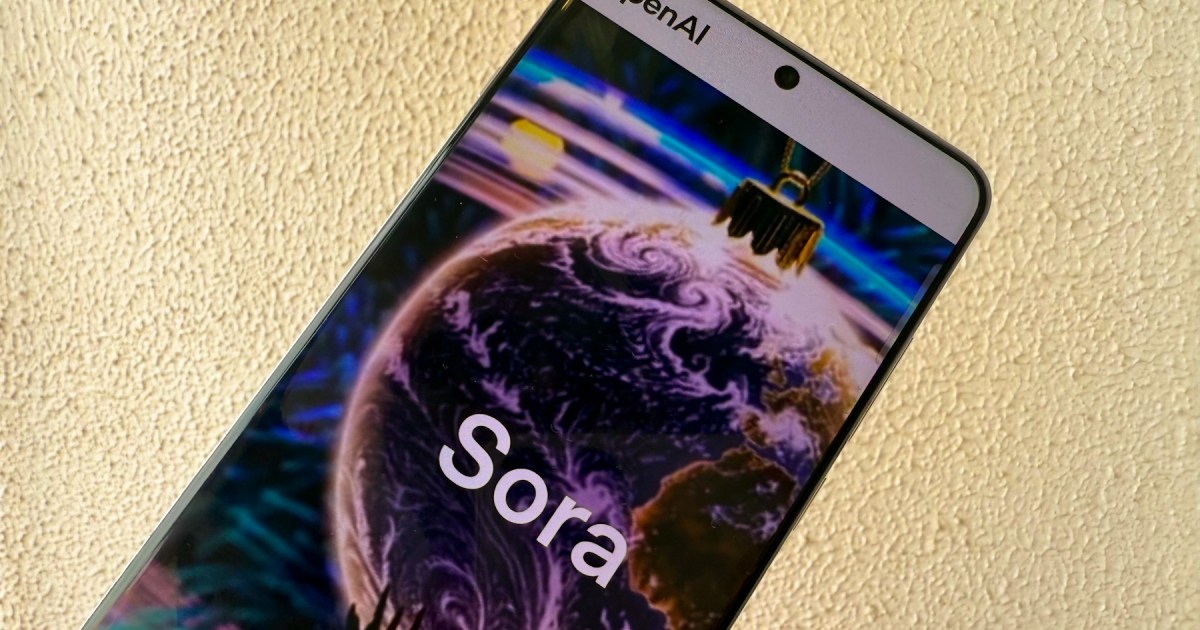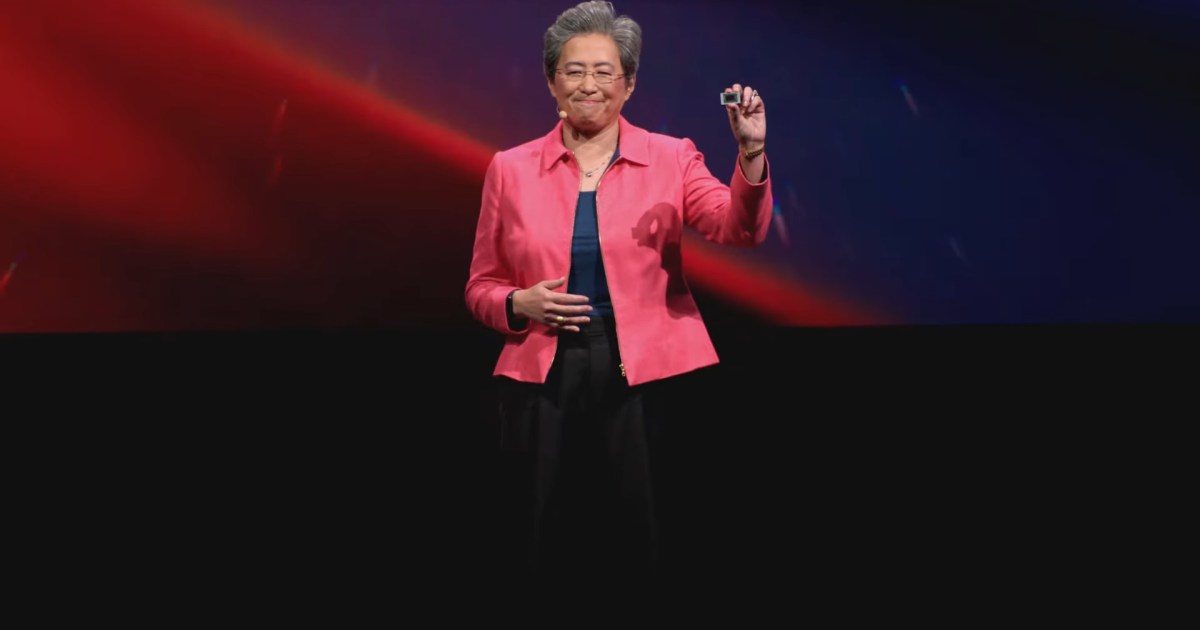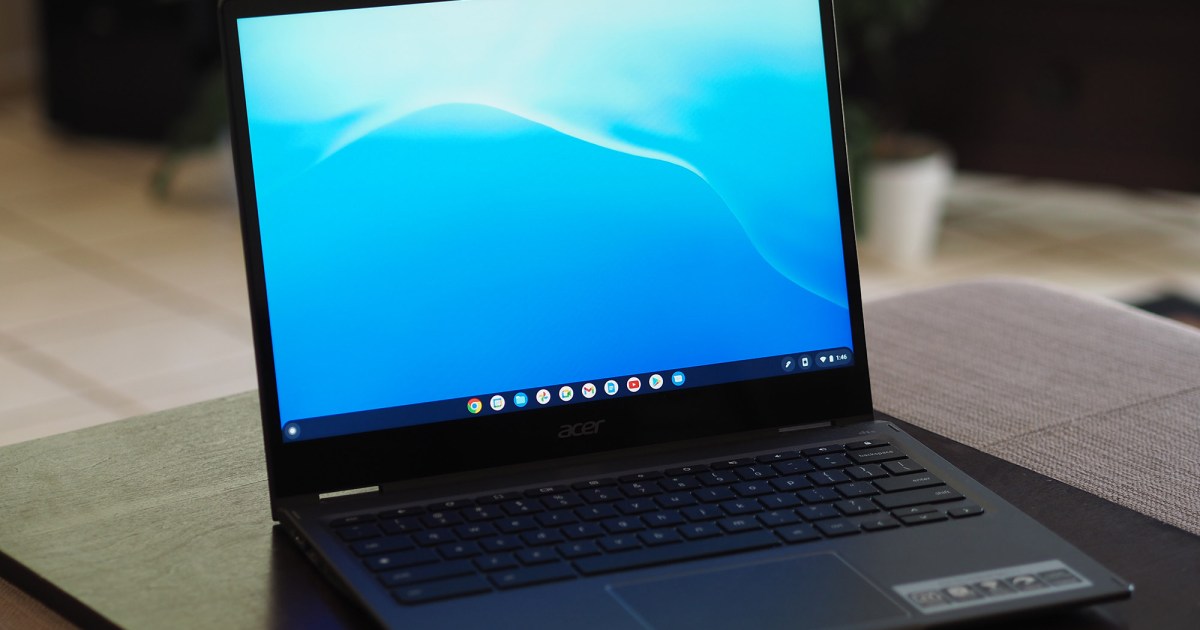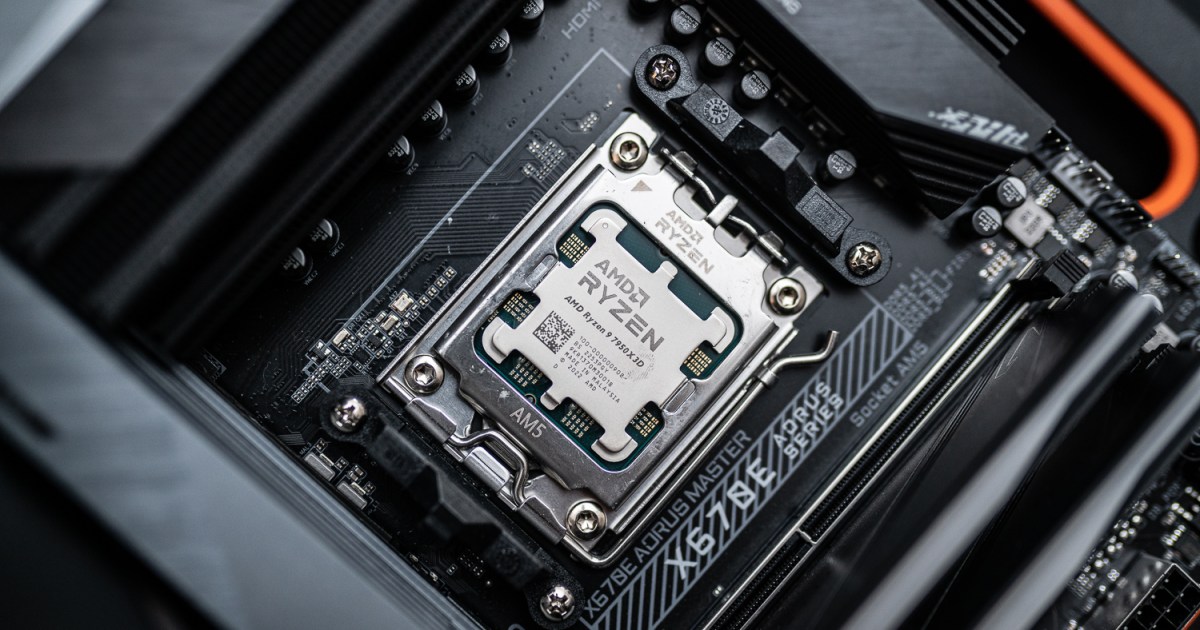AMD has finally unveiled the technical specifications and pricing for its Radeon RX 9070 series GPUs, based on the latest RDNA 4 architecture. Following a low-key announcement at CES, a dedicated online event provided in-depth information about the architecture, features, and performance enhancements of the RX 9070 and RX 9070 XT graphics cards. Key announcements included significant updates to FidelityFX Super Resolution (FSR) and HYPR-RX, showcasing AMD’s commitment to advanced upscaling and performance optimization.
 Alt text: A slide highlighting the key features of AMD FSR 4 and its AI capabilities
Alt text: A slide highlighting the key features of AMD FSR 4 and its AI capabilities
FSR 4 represents a major evolution in AMD’s upscaling technology. Unlike previous versions that relied on spatial upscaling, FSR 4 fully integrates AI accelerators within the RDNA 4 architecture. This AI-driven approach promises improved image clarity and smoother motion, marking a departure from FSR 3.1. Initially exclusive to RDNA 4 GPUs, future compatibility with RDNA 3 and RDNA 2 is possible but not guaranteed. Importantly, AMD plans to continue supporting FSR 3.1 alongside the newer version.
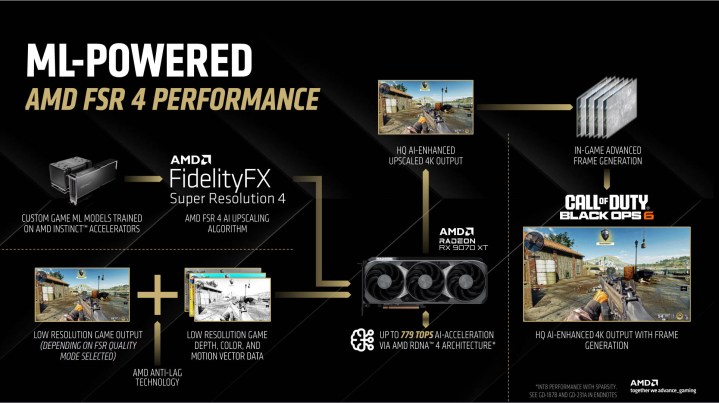 Alt text: A slide comparing AMD FSR 4 to previous versions and highlighting its frame generation capabilities
Alt text: A slide comparing AMD FSR 4 to previous versions and highlighting its frame generation capabilities
A core feature of FSR 4 is its integration of frame generation, mirroring Nvidia’s DLSS technology. The AI cores in RX 9000 series GPUs generate additional frames, boosting performance. While the specific neural network type (transformer or convolutional) used by FSR 4 remains undisclosed, early comparisons suggest a significant visual improvement over FSR 3.1. AMD also emphasizes FSR 4’s “neural rendering readiness,” hinting at future integration with technologies like Microsoft Cooperative Vectors.
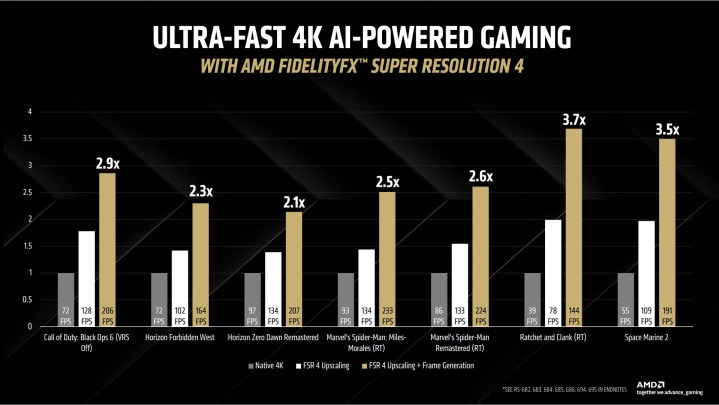 Alt text: A chart illustrating the performance uplift achievable with AMD FSR 4 and frame generation
Alt text: A chart illustrating the performance uplift achievable with AMD FSR 4 and frame generation
AMD claims FSR 4 with frame generation can deliver up to a 3.7x performance increase. Compatibility with existing FSR 3.1 games is promised, though the implementation method (manual driver activation or automatic integration) is yet to be clarified.
 Alt text: A slide showcasing the initial lineup of games supporting AMD FSR 4 at launch
Alt text: A slide showcasing the initial lineup of games supporting AMD FSR 4 at launch
Over 30 games will support FSR 4 at launch, with AMD targeting over 75 titles by the end of 2025. As with any frame generation technology, actual performance and responsiveness will vary depending on individual game implementation.
HYPR-RX, AMD’s one-click performance optimization suite, also receives enhancements. Consolidating technologies like FSR/RSR, Radeon Anti-Lag, Radeon Boost, and AFMF 2, HYPR-RX provides a simplified approach to performance tuning.
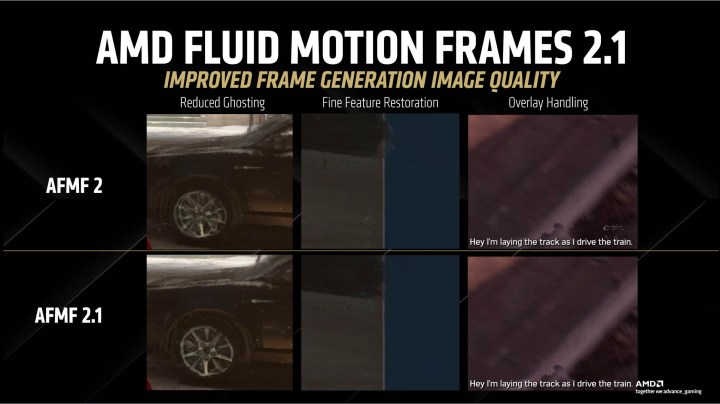 Alt text: A slide detailing the improvements in AMD's HYPR-RX performance suite, including AFMF 2.1
Alt text: A slide detailing the improvements in AMD's HYPR-RX performance suite, including AFMF 2.1
AFMF 2.1 (AMD Fluid Motion Frames) is a key part of the HYPR-RX update. Refinements to frame generation reduce ghosting, enhance fine details, and improve overlay detection. While HYPR-RX can significantly boost performance in certain games, results will vary based on title and system configuration.
The FSR 4 and HYPR-RX updates demonstrate AMD’s focus on AI-powered gaming technologies, directly competing with Nvidia’s DLSS and Reflex. While FSR 4’s RDNA 4 exclusivity might initially limit adoption, its integration into existing FSR-supported titles could incentivize developer adoption. HYPR-RX’s enhancements offer a user-friendly way to optimize performance. Real-world benchmarks will ultimately determine the impact of these technologies on the gaming landscape.





